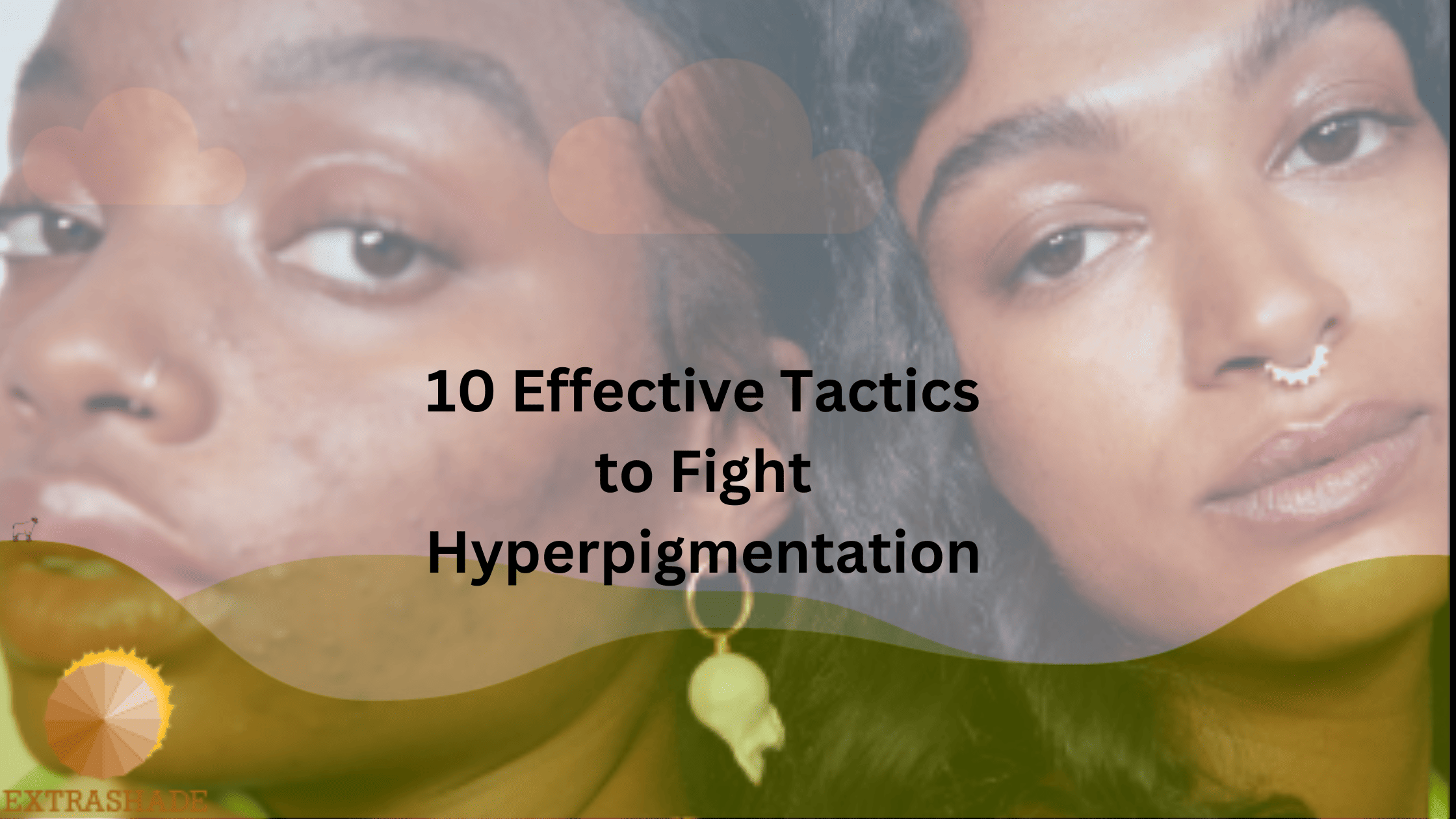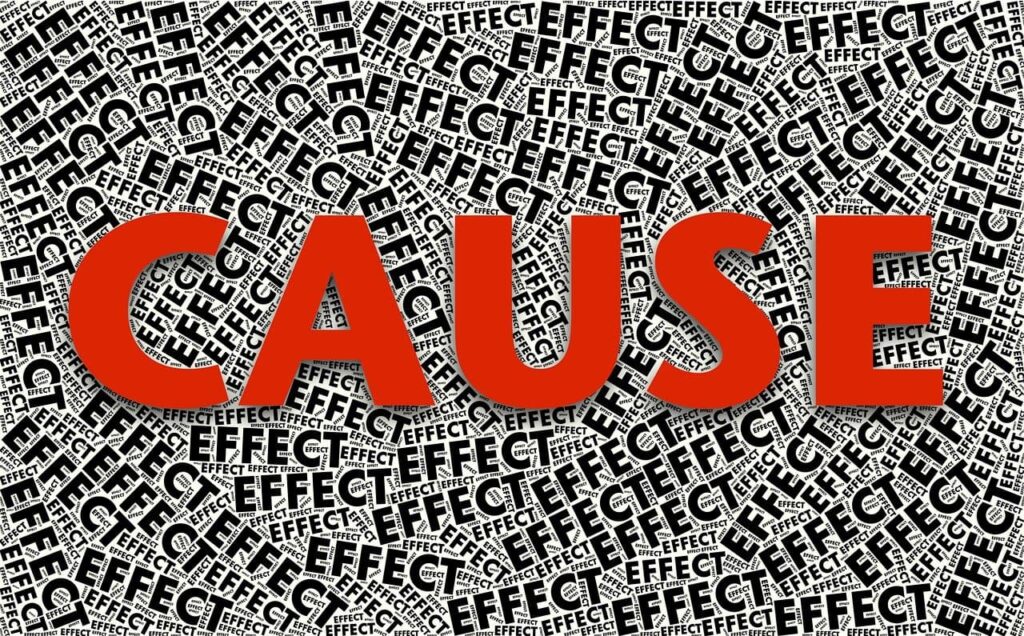Are you tired of trying countless products and treatments to combat hyperpigmentation without seeing significant results? Hyperpigmentation, characterized by dark patches on the skin, can be a stubborn and frustrating condition to address.
Whether it’s caused by sun exposure, hormonal changes, acne scars, or other factors, finding effective tactics to fight hyperpigmentation is a common goal for many individuals seeking clear and even-toned skin.
In this article, we will delve into some lesser-known yet highly effective strategies to tackle hyperpigmentation head-on. From natural remedies and innovative skincare techniques to professional treatments and lifestyle adjustments, we will explore a range of tactics that can help you achieve a brighter and more radiant complexion.
So, let’s dive in.
Understanding Hyperpigmentation
Hyperpigmentation is a common skin condition that occurs when there is an overproduction of melanin, leading to dark patches or spots on the skin. While it can be caused by a variety of factors, such as sun exposure, hormonal changes, and skin trauma, the key to understanding hyperpigmentation lies in recognizing the complex interplay of genetics and environmental influences.
Recent research suggests that certain genetic variations can predispose individuals to hyperpigmentation, shedding light on the underlying mechanisms that contribute to its development.
Contrary to popular belief, hyperpigmentation does not only affect those with darker skin tones. People of all ethnicities can experience this issue, making it crucial for skincare professionals to approach treatment strategies holistically.
By acknowledging the multi-faceted nature of hyperpigmentation and considering individual genetic and environmental factors, we can move away from one-size-fits-all solutions towards more personalized approaches that cater to diverse skin types and needs.
This broader perspective allows for more effective treatments and enhances our understanding of how unique genetic profiles interact with external triggers to influence pigmentation patterns.
Types of Hyperpigmentation
- Freckles and sunspots: small, flat brown spots caused by sun exposure.
- Melasma: patches of hyperpigmentation, often on the face, triggered by hormonal changes.
- Post-inflammatory hyperpigmentation: Dark patches left behind after skin inflammation.
- Lentigines: Flat, dark brown birthmarks or sunspots.
- Acanthosis nigricans: velvety, darkened patches in body folds, often associated with insulin resistance or certain medications.
What are The Causes of Hyperpigmentation?
Hyperpigmentation refers to areas of darkened skin caused by an excess of melanin, the pigment that gives skin its color. This can occur for various reasons, and identifying the cause is crucial for proper treatment. Here are some common causes of hyperpigmentation.
i. Sun exposure
This is the most common culprit, as UV rays stimulate melanin production to protect the skin from sun damage. Overexposure leads to uneven melanin distribution, causing dark spots, age spots, and tan lines.
iI. Hormonal changes
Pregnancy, puberty, and hormone therapy can trigger increased melanin production, leading to melasma (dark patches on the face).
III. Inflammation
Skin injuries like acne, burns, insect bites, or eczema can trigger inflammation, causing post-inflammatory hyperpigmentation (dark patches after the inflammation subsides).
IV. Medications
Certain medications, like birth control pills, antibiotics, and chemotherapy drugs, can have side effects that increase melanin production.
V. Medical conditions
Conditions like Addison’s disease (hormonal imbalance), hemochromatosis (iron overload), and porphyria (metabolic disorder) can affect melanin production, leading to hyperpigmentation.
VI. Genetics
Skin tone plays a role, with darker skin tones having a higher melanin content and being more prone to hyperpigmentation.
VII. Vitamin deficiencies
Deficiencies in vitamins B12 and folic acid can contribute to hyperpigmentation.
Effective Tactics to Fight Hyperpigmentation
Here are 10 effective tactics to help fight hyperpigmentation. So, let’s get cracking.
1. Sunscreen
Protecting your skin from the sun is crucial in preventing and treating hyperpigmentation. Apply a broad-spectrum sunscreen with at least SPF 30 daily, regardless of the weather.
2. Topical Treatments
Incorporate a vitamin C serum into your skincare routine for its brightening properties. Additionally, consider using retinoids, either prescription or over-the-counter, to promote skin cell turnover and reduce dark spots.
3. Chemical Peels
Explore chemical peels containing alpha-hydroxy acids (AHAs) or beta-hydroxy acids (BHAs) to exfoliate the skin and fade hyperpigmentation. Consult a skincare professional for guidance.
4. Hydroquinone
Hydroquinone is a potent skin-lightening agent effective against hyperpigmentation. However, use it under the supervision of a healthcare professional due to potential side effects.
5. Licorice Extract
Look for skincare products containing licorice extract, which contains glabridin, known for its skin-lightening properties.
6. Niacinamide (Vitamin B3)
Niacinamide has anti-inflammatory properties and can help reduce dark spots. Include products with niacinamide in your routine.
7. Kojic Acid
Derived from mushrooms, kojic acid is effective in lightening the skin. Seek products that incorporate kojic acid for hyperpigmentation.
8. Azelaic Acid
Azelaic acid is recognized for its brightening effects and anti-inflammatory properties. Consider using products with azelaic acid to address hyperpigmentation.
9. Glycolic Acid
Glycolic acid, an alpha-hydroxy acid, aids in exfoliation and fading dark spots. Find it in chemical peels or skincare products.
10. Healthy Lifestyle
Maintain a healthy lifestyle by staying hydrated, consuming a balanced diet rich in antioxidants, and getting adequate sleep. These factors contribute to overall skin health and can complement hyperpigmentation treatment.
Conclusion
Hyperpigmentation can be a challenging skin condition to manage, but with the right tactics and consistency, it is possible to see significant improvements. By incorporating a combination of sun protection, exfoliation, and targeted treatments such as retinoids or hydroquinone, individuals can effectively combat hyperpigmentation.
Additionally, embracing a healthy lifestyle that includes a balanced diet and stress management can further support the skin’s healing process. It’s important to remember that results may take time and patience, but with dedication to a comprehensive skincare routine, individuals can achieve clearer and more even-toned skin.
Frequently Asked Questions (FAQs)
1. What is hyperpigmentation?
Hyperpigmentation is the darkening of certain areas of the skin caused by excess melanin production. It can appear as dark spots, patches, or uneven skin tone.
2. Can hyperpigmentation be fully cured?
Many forms of hyperpigmentation can be significantly reduced or nearly eliminated with consistent treatment, but some types (like melasma) can recur. Prevention is key.
3. How long does it take to see results?
Typically 4–12 weeks, depending on the cause, severity, and treatment. Deeper pigmentation may take several months.
4. Is sunscreen really necessary?
Yes—SPF 30+ daily is essential. Sun exposure is the #1 reason pigmentation worsens or returns. Even if you’re indoors, UV rays can reach your skin.
5. Are chemical peels effective for hyperpigmentation?
Yes. Superficial or medium-depth peels with glycolic, salicylic, or lactic acid can significantly brighten dark spots. A professional should administer stronger peels.
6. Can hyperpigmentation be treated at home?
Absolutely. Consistent use of topical treatments and daily sunscreen can fade many mild-to-moderate cases. However, severe or stubborn pigmentation may need clinical treatments.
7. Can exfoliating help with hyperpigmentation?
Gentle, regular exfoliation can remove dead skin cells and improve the penetration of brightening ingredients. Avoid over-exfoliation, which can cause inflammation and make pigmentation worse.
8. Is hyperpigmentation the same as melasma?
No. Melasma is a type of hyperpigmentation triggered by hormones and is more difficult to treat. It often requires medical guidance and strict sun protection.
9. Is hyperpigmentation permanent?
Most cases are not permanent, but untreated deep pigmentation or persistent melasma can last for years. Early treatment improves outcomes.



